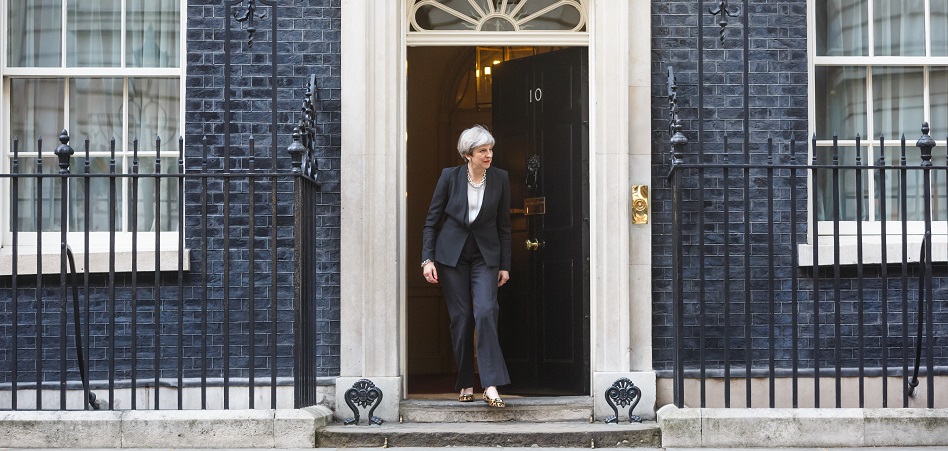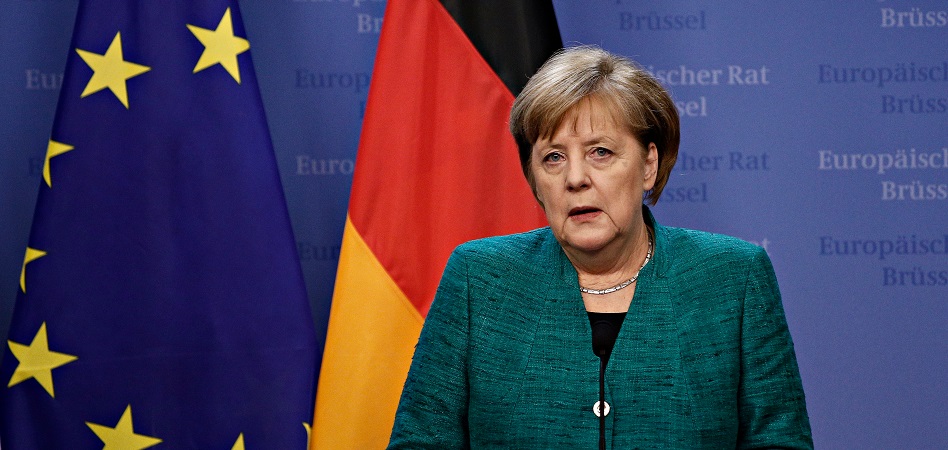Europe, forewarned: slowdown on sight with fashion on guard
Eurozone economy will slowdown, although consumption will continue being robust. Fashion sales, on the contrary, will close in red in all the biggest markets.

Europe, facing the downturn. Although they discard a recession scenario and agree about the fact that consumption will continue being robust, rating agencies and organisms like the European Central Bank (ECB) anticipate a downturn of the economy in the Eurozone for this year. In this environment, fashion gets ready for another complex year, after closing 2018 in red in almost all the big European markets, and with an additional uncertain political context marked by Brexit and elections.
The Gross Domestic Product (GDP) of the Eurozone grew by 0.2% in the third quarter in quarter-on-quarter terms, down from 0.4% of the previous periods. All in all, the European Central Bank highlights that the “the fundamental factors supporting the economic expansion remained in place”.
In the medium term, it is forecasted that private consumption will continue being robust, mainly thanks to wage increases. This, explains the ECB, is due to the rise of the compensation for employee, and not so much to the increase of employment.
The rating agency Standard&Poor (S&P) expects a growth of 1.6% for the Eurozone in 2019 and 2020, in comparison with 1.9% in 2018. Fitch and Moody’s contemplate a similar escenario, while ECB forecasts an increase of 1.7% in 2019 and 2020.
For fashion and retail as a whole, this downturn means a new spanner after a year in red. In Spain, for example, fashion trade shrieked by 2.2% in 2018, its worst fiscal year since 2016.
Not even the slight upturn in November and December (boosted by Black Friday) could save sales, which stepped back by 3% in December, according to provisional data from Spanish retail organization Acotex.
With regard to 2019 and 2020, economic downturn could add even more pressure to fashion sales, even though Spain will remain as the European economy that grows the most because it continues in an adjusting phase after the crisis. According to S&P, Spanish economy will grow by 2.3% in 2019 and 2.1% in 2020, in comparison with the rise of 2.6% forecasted for 2018.

United Kingdom, under pressure by the Brexit
In the United Kingdom, retailers suffered its worst Christmas in a decade, according to the last data from British Retail Consortium. Sales in December came to a standstill and only food market avoided the fall.
Fashion sales, for its part, from which there is only data available until October, concluded just four months of the year with a sales increases: May, July, September and October. Theresa May will take its agreement with Brussels to vote in the British Parliament, where she has few supporters.
Last week, the Speaker of the House of Commons, John Bercow, permitted an amendment that forces the government to go back to the Parliament on the three following days of the voting to explain its plan B, in case plan A failed.
There is a growing number of rating agencies that consider the possibility of a Brexit without an agreement. S&P, for instance, anticipates “severe consequences” for the United Kingdom, with a negative impact of more than 1.8 points in its GDP.

France, commerce blocked by the yellow vests
In France, retail confronts its own national challenges. Even though the GDP will maintain stable growing rate, with a rise of 1.6%, in line with the one in 2018, the protest by the so-called yellow vests are having an impact in the country’s trade.
According to the Federation of Trade Unions in France, small traders saw its business figure reduced between 40% and 70% due to the impact of demonstrations, which made many stores to remain closed and cut down the traffic in the most important shopping avenues.
Groups like Richemont, which presented last Friday its quarterly results, alerted about the way the movement took away dynamism in its revenue in the French market, even although it did not specify the scope.
According to forecasts by the French Institute of Fashion, retail trade will finish 2018 with a fall of 2.9%, the worst of the last decade. “The fall in sales cannot be completely balanced in the upcoming months,” said the association Alliance du Commerce. “The yellow vests’ crisis affects to an economic sector that accumulates several weak years,” added.
The negative aspect, in fact, is being repeated since 2017, when fashion sales reached drops of 13.4% in October. In 2018, falls were generalized, reaching 15% in August.

Germany, the European power avoids the fall
In Germany, the first European power, economy had a little shock in the third quarter in 2018, when the GDP slightly stepped back due to the downturn in global trade. However, forecasts for the country are still stable, with an approximated rise of 1.6% for 2019, in line with last year’s.
Retail sales remained upward during almost the whole year, unless May and September, and in October they peaked by 5%, its best advancement since May 2017, according to data from the Federal Statistics Office. Nevertheless, in quarter-by-quarter terms, retail revenue chains four months in a row in descent.
Fashion, on its behalf, evolved better that the average, closing this way almost all months in positive and reaching 10.6% in April. During summer, the revenue remained stable, to step back in September and peak again in the end of the year, even the lack of conclusive data.

Italy, at a standstill in red
Among the major powers in Europe, the one that gets the worst estimations of S&P is Italy. The country, that reached a moment of high tension with Brussels due to the deficit objectives, closed the third quarter of 2018 flat and it is expected to finish the year with an increase of barely 1%. For 2019, the forecast is that Italian economy advances a moderate 0.7%.
Fashion sales draw a negative curve during all the year, reaching a fall of 6.3% in September. Such evolution contrasts with the total of the retail trade, which only shrieked its revenue four months of the year.
For this year, political instability, with an extreme Government, the economic downturn and the lack of confidence by consumers (that closed the year in minimums), narrow even more the possibilities of a recovering in the sales of the sector.


info@themds.com
Validation policy for comments:
MDS does not perform prior verification for the publication of comments. However, to prevent anonymous comments from affecting the rights of third parties without the ability to reply, all comments require a valid email address, which won’t be visible or shared.
Enter your name and email address to be able to comment on this news: once you click on the link you will find within your verification email, your comment will be published.